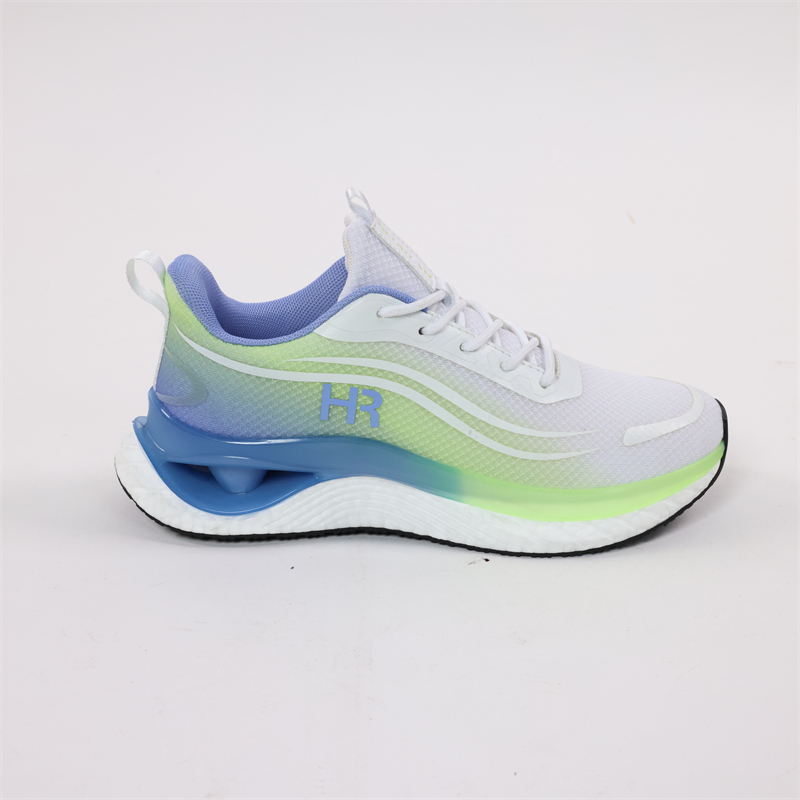The lifespan of running shoes can vary depending on several factors, including the quality of the shoes, the frequency and intensity of usage, your running style, and the type of surface you run on. As a general guideline, most running shoes are designed to last between 300 and 500 miles (480 to 800 kilometers) of running.
However, it’s important to note that this is just an estimate, and some shoes may wear out sooner or last longer depending on the aforementioned factors. Additionally, the cushioning and support of the shoes may gradually degrade over time, even if they haven’t reached the mileage limit. This can affect the performance and comfort of the shoes.
To determine when to replace your running shoes, it’s recommended to monitor the condition of the shoes regularly. Signs that indicate it may be time for a new pair include:
Visible wear and tear: Check for any signs of significant wear on the outsole, midsole, or upper of the shoes. This can include excessive tread wear, fraying or tearing of the material, or visible compression or flattening of the midsole cushioning.
Decreased cushioning and support: If you notice a significant decrease in the cushioning or support provided by the shoes, such as feeling more impact or discomfort during your runs, it may be a sign that the shoes have worn out.
Persistent discomfort or pain: If you start experiencing discomfort, pain, or recurring injuries that are not related to other factors (such as overtraining or improper form), it could be a sign that your shoes are no longer providing adequate support and it’s time to replace them.
It’s generally recommended to replace your running shoes every 6 to 12 months, even if they haven’t reached the mileage limit, to ensure optimal support and performance. However, it’s important to listen to your body and make adjustments based on your individual needs and the condition of your shoes.


